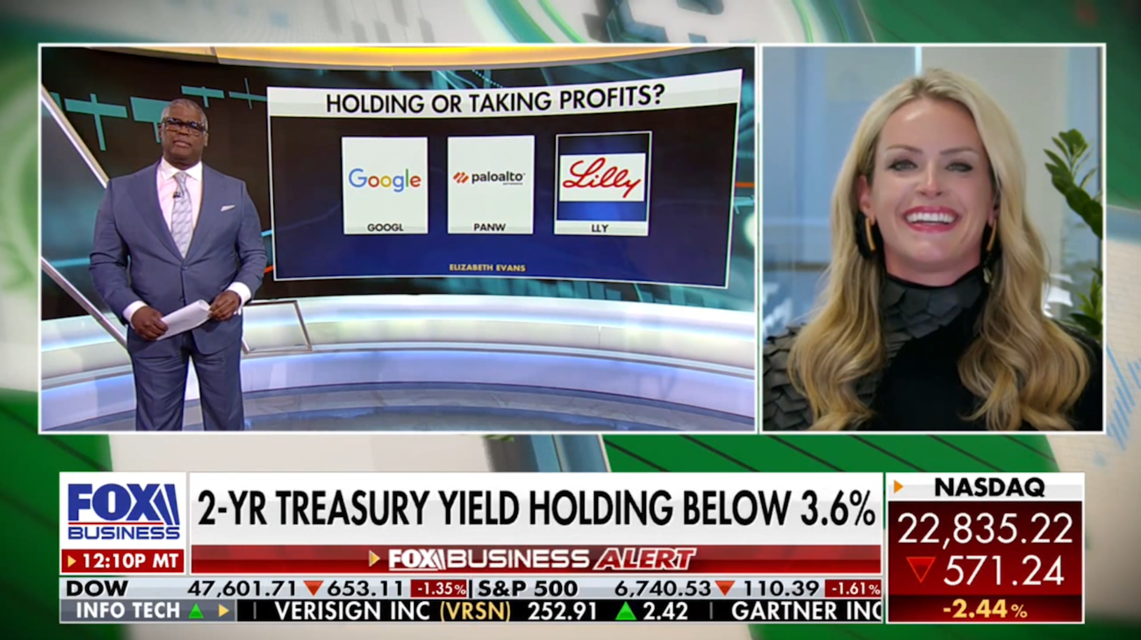Stocks hit another round of record highs this morning, but investors’ enthusiasm is also clouded with a potential correction or more tariff troubles. Is now the time to rebalance?
Not necessarily.
While valuations are around 22 times earnings, a large share of companies have beat on expectations this year. And the Mag 7 continues to lead the market with earnings that justify a resilient market.
There’s a lot to look forward to this week, from Big Tech’s upcoming earnings reports to a potential rate cut on Wednesday.
Watch Brooke’s CNBC interview below for more insights! The full interview is also available on CNBC’s website here or on CNBC’s YouTube channel here.
Transcript:
Joining us now is Renaissance Macro Research Head of U.S. Economics Neil Dutta and Evans May Wealth managing partner Brooke May. Great to have you both here. And Brooke, I’m going to kick this conversation off with you because so far, earnings season has been incredibly strong.
When you look at these beat rates, much, much higher than we’ve seen previously and historically when it comes to EPS numbers and revenue. What’s your takeaway?
I think that management’s had to be cautious. There’s been a lot of uncertainty this year around what tariffs would be, what AI innovations would occur. And so, when businesses give guidance, they’ve erred on the side of caution because being wrong or overestimating can be punitive.
So, what we’re seeing now is that companies have figured out how to navigate this environment. And tariffs haven’t been as crippling as we anticipated. And there’s more clarity than there was at the beginning of the year. So, with cautious guidance, we’re getting beats right now. 87% of companies beating is stellar; however, not all companies are.
When you look at financials, for example, big banks like JP Morgan, Bank of America, Goldman Sachs, Morgan Stanley have all had stellar reports. But you look at other areas like regional banks where there are concerns around credit losses, or even Blackstone this week, there’s disappointment. So, we really have to look right now at the individual companies that you’re buying. And not necessarily just as an individual sector.
Neil, how does CPI factor in, especially when, particularly on the services side today, when you look at core CPI, it came in cooler than expected?
Yeah. I think it sort of cements a rate cut. I don’t think there’s really any debate about that, Morgan. Last year, inflation ran 3% and so far, this year, it’s running 3% despite meaningful upward pressure from tariffs. So, what does that tell you? It tells me that underlying inflation is actually lower than people think, which is why the fed has the space to continue cutting interest rates.
So, I think not only are they going to be cutting next week, but I think it’s highly likely that they’ll be cutting once again in December. To me, the real risk is how we should be thinking about 2026. You have to assume that the government will reopen at some point, and we start to see the data dripping out.
And I suspect it’ll tell us that the economy’s somewhat weaker than the GDP statistics show in the third quarter. And that to me leaves me more bullish, frankly, on the long end of the Treasury yield curve here.
Brooke, you point out that the equal-weight S&P is trading at only around 17 times earnings. So, if you’re one of those investors who has maybe ridden the broader market up this far, what does that say about how you might rebalance or how to think about where the gains are going to come from from here?
I don’t know that I would rebalance, I think that it justifies, though, the elevated PE that we’re seeing. When we look at the beginning of 2025, we were trading around 22 times on PE on the market, and we’re around that level still. So, yes, the market is elevated. But when you look at the Mag 7 or the biggest weighted names in the S&P 500, that’s where the earnings are.
We think that, right now, the Mag 7 earnings could be up about 15% this quarter year-over-year. But when you look at last quarter, they were expected to be up about 14%, 15% and they were up about 26%. So, you’ve got to follow the earnings. So, yes, we’re trading at an elevated PE, but the market can trade at an elevated PE for a prolonged period of time. And if the earnings are there to justify it, the market can continue to move higher.
Neil, that suggests to me a lot riding on those Mag 7 earnings, a lot of them coming next week. How much does the market depend on that? And how healthy do you think this bifurcation is between the rich getting richer, both when it comes to stock and elsewhere in the economy?
Jon, you mentioned like the sort of k-shaped economy everyone’s talking about. In client meetings, I hear that a lot, right? I mean, stocks are at highs. We have this big AI CapEx boom. Rich people are spending money. And people talk about that as if that’s sort of three separate things.
It’s really a derivative of the same thing. And, to me, that’s not necessarily the best foundation. I’m a U.S. macro economist, right? I’m looking at the labor markets, which are slowing. I mean, we had a bevy of layoff announcements this week. Target, Applied Materials, GM, Amazon. I mean, go down the list. And despite lower gas prices and higher stock prices, you haven’t really seen consumer confidence recover.
And people are still telling you that the labor markets are sluggish. So, to me, between the weak labor market and ongoing slowing in housing and residential construction, there’s a lot not to like about the economy, quite frankly. And, and that, to me, means that there are sort of increasing downside risks to economic growth and the jobs market, which I don’t think people currently appreciate.
It’s really hard for the markets to price in the right tail with AI, and then the left tail risk with growth. And the markets are not pricing in or even considering the left tail risk to growth. Right now, we basically have what? Like an implied probability of recession below 10% in the financial markets.
That’s well below even a historical norm. So, to me, there are some risks, you know, some potholes potentially, in front of us.
Okay. Duly noted. Neil, Brooke. Thank you.




